A good laptop can be just the leg up that a student needs for scholastic success. Whether you’re a freshman or you’re heading into your final year, having a laptop that’s capable, sturdy, and portable, with good battery life will help eliminate at least some of the stress that accompanies college life. But with so many different options out there, it’s easy to feel overwhelmed.
Don’t worry, we’ve got you covered. The PCWorld team has curated a comprehensive list of the best laptops for college students to help you finally make that coveted deans list. We’ve thoroughly tested and reviewed all of these picks in our ongoing quest to find the best laptops for everyone.
All of the recommendations on this list are outstanding productivity machines, but we’ve also included picks for gamers and options at a variety of price points. And if you’re looking for a great deal, be sure to take at look at our daily roundup of the best laptop deals for some low-cost gems.
Samsung Galaxy Book3 Pro 360 – Best overall
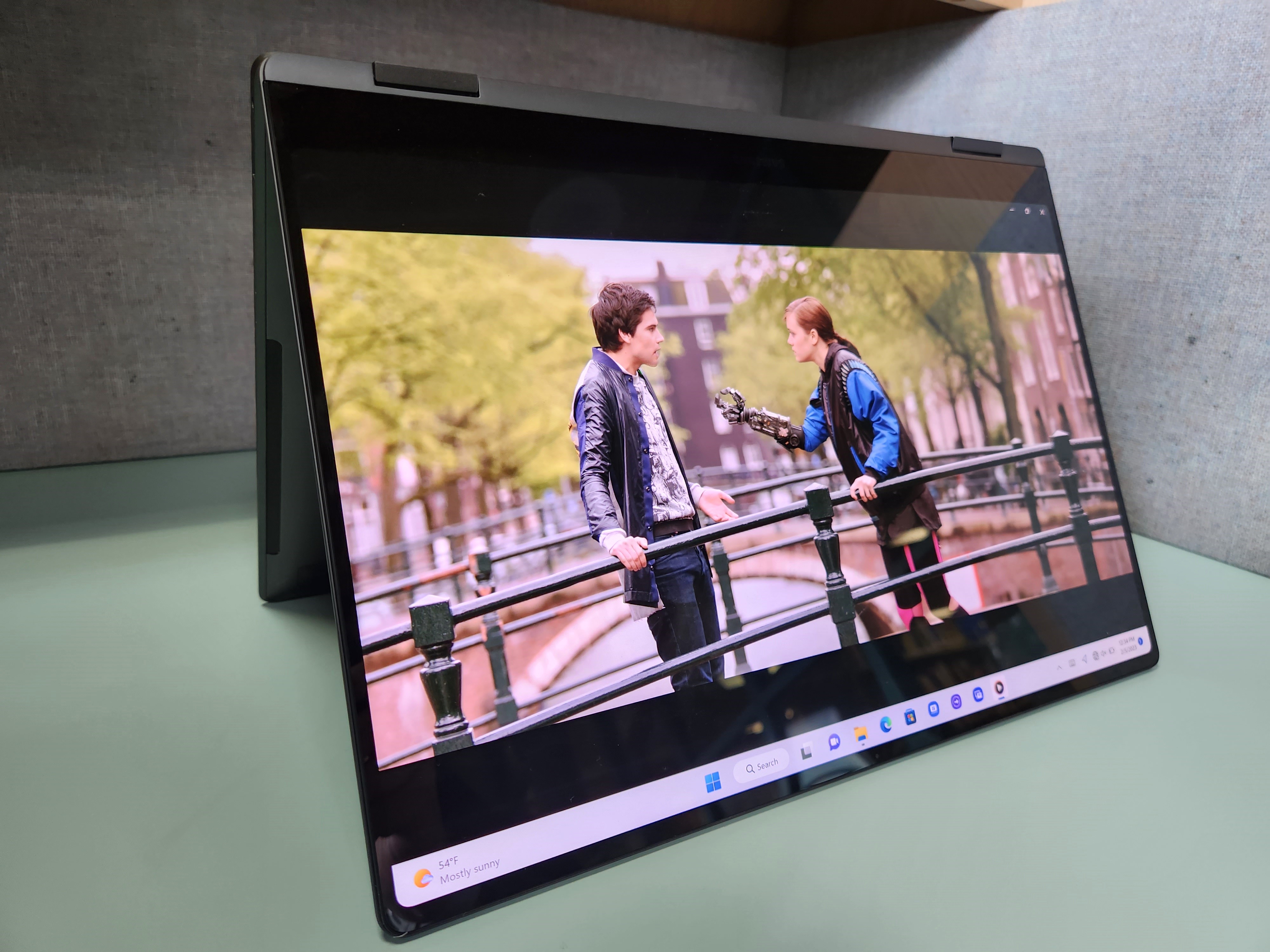
Pros
- Stunning OLED upgrade in resolution, performance, more
- One of the first 13th-gen Core laptops
- Top-notch battery life
- Solid inking
- 1080p webcam and very good audio
Cons
- Good, not great, performance
- Webcam effects are iffy
From the convertible form factor and 1080p webcam to the spectacular battery life and lovely OLED display, the Samsung Galaxy Book3 Pro 360 really has it all. The laptop itself weighs 3.66 pounds, which is light enough to take with you from class to class. The display swings back 360 degrees, which is really nice, especially when you want to share notes with a fellow classmate. The 1080p webcam will make you look good during remote sessions and the 13.5 hours of battery life means you’ll be able to keep working well into the evening hours. Let’s take a quick peek at the hardware inside.
The Galaxy Book3 Pro 360 comes equipped with an Intel Core i7-1360P CPU, Intel Iris Xe integrated graphics, 16GB of RAM, and 512GB of SSD storage. That’s more than enough power for writing papers, watching YouTube, working on collaborative class projects, and much more. The 16-inch AMOLED touch display features a resolution of 2880×1800 and a refresh rate of 120Hz. That means visuals should be both smooth and vibrant. Overall, this is one killer laptop. If you’re looking for a laptop with powerful hardware and plentiful features, then the Galaxy Book3 Pro 360 is one to consider.
Acer Chromebook Spin 514 – Best Chromebook
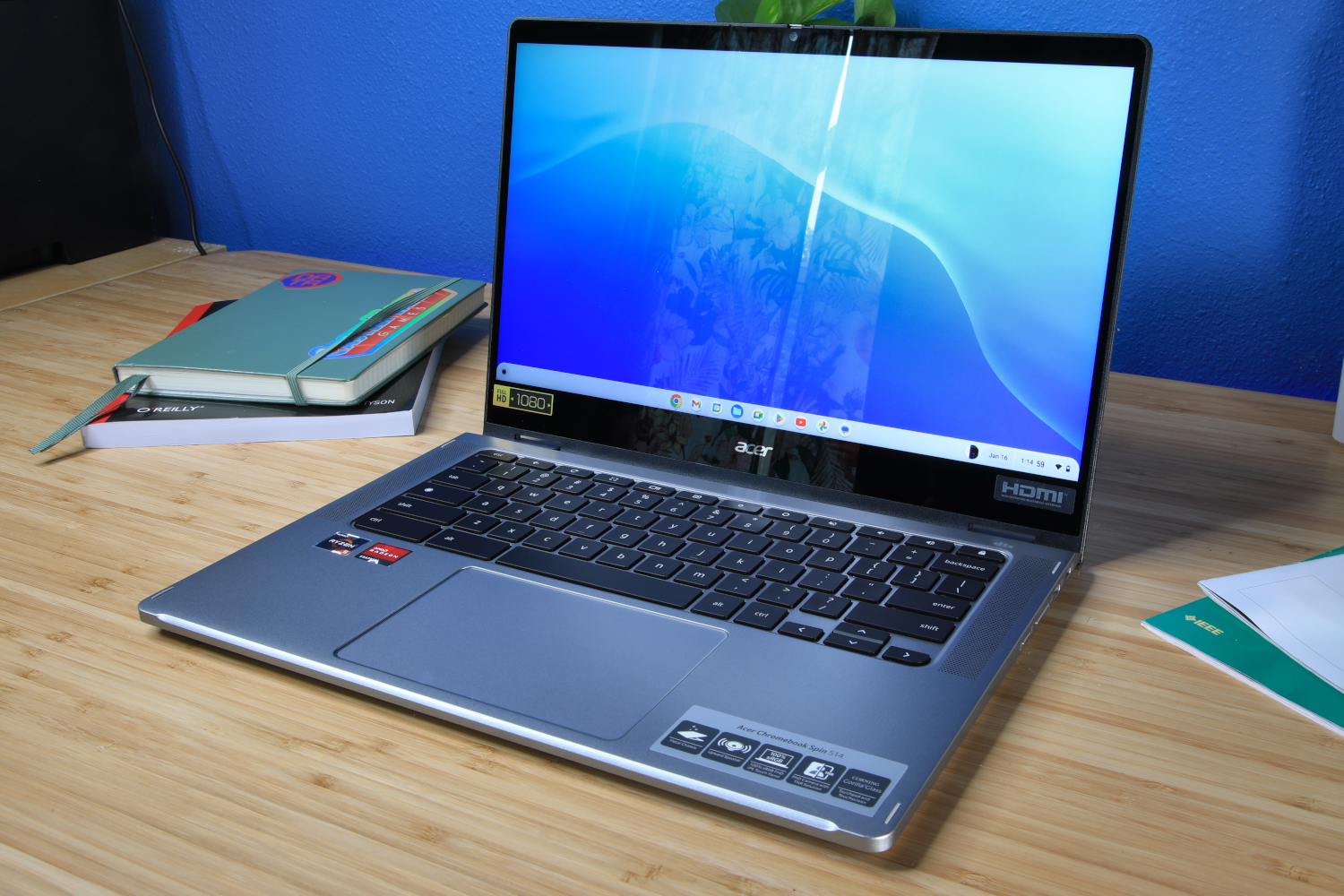
Pros
- Great processor performance
- Sturdy, premium design
- Top-notch keyboard and touchpad
- Two USB-C ports with Power Delivery
- Long battery life
Cons
- A bit heavy for a 2-in-1 device
- Display could be brighter
- Android game performance is unreliable
- Expensive compared to Windows alternatives
If you regularly use Google apps, you should consider picking up the Acer Chromebook Spin 514, as it’s a phenomenal productivity machine based on ChromeOS. The design is chic and durable, and processor performance is quite zippy. It’s designed to handle most day-to-day tasks like checking email, working on documents, or using web-based apps. The keyboard and touchpad are a joy to use as well. According to our reviewer, the Spin 514 has a “wide keyboard layout with large, easily located keys.” As for the hardware, it’s got a decent amount of power for a Chromebook.
The Spin 514 is packing an AMD Ryzen 5 5625C CPU, AMD Radeon graphics, 8GB of RAM, and 128GB of SSD storage. The display, which folds back 360 degrees, has a resolution of 1920×1080 and is touch-enabled. It’s plenty sharp for general use. Contrast and color performance are adequate, too. The $699.99 price tag is a little steep for a Chromebook, but if you’ve got the money to spend, then you won’t be disappointed.
Acer Aspire 5 – Best budget laptop
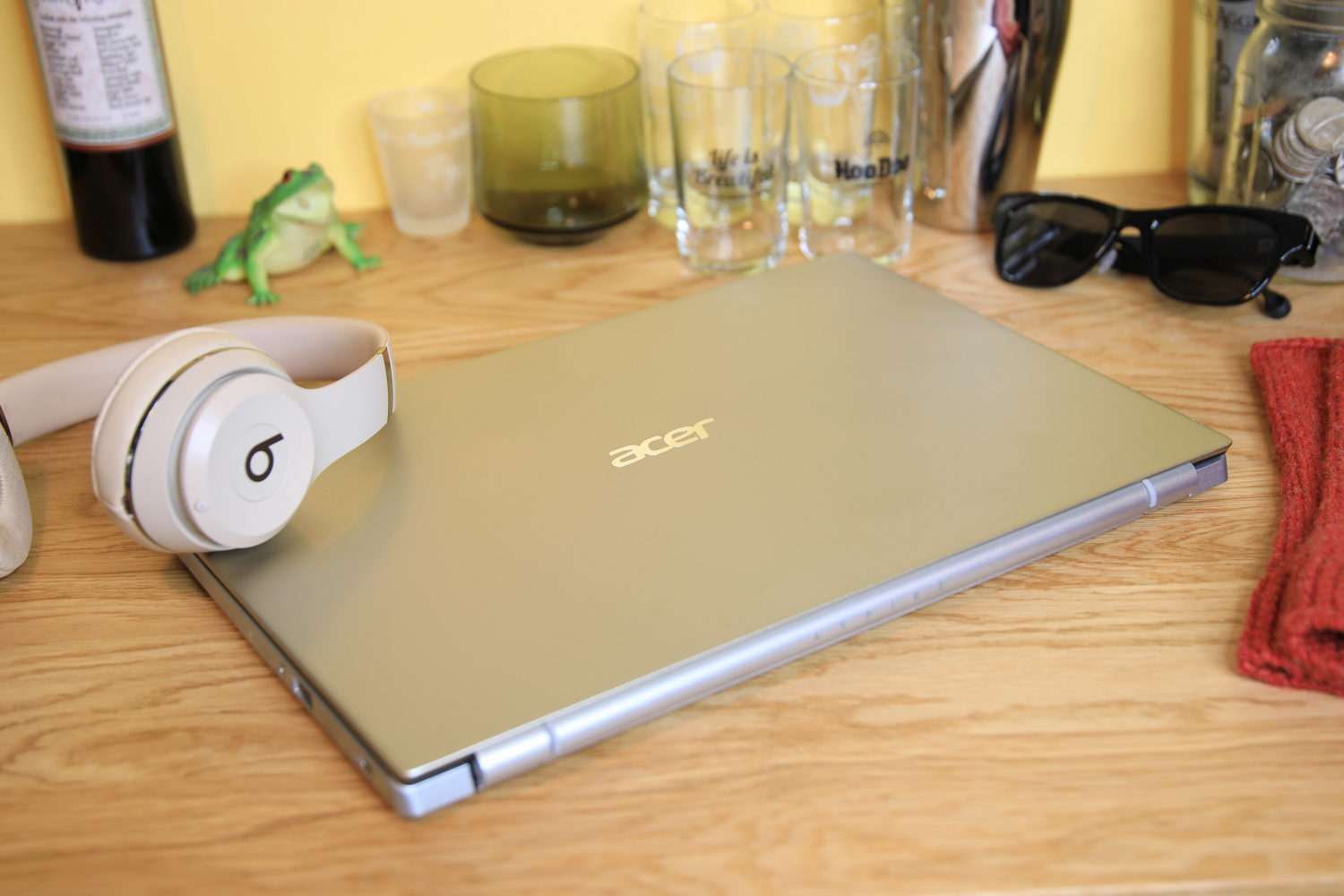
Pros
- Affordable price
- Rugged build
- Great keyboard
- Good selection of ports
Cons
- Subpar webcam
- Annoying bloatware comes pre-installed
- Touchpad is a little hard to use
With its affordable price point, decent performance, and robust build, the Acer Aspire 5 is a good budget option for students. While the color scheme is a little boring, the build is surprisingly rugged. Our tester was surprised by its “solid, durable feel.” The keyboard is nice, too. It has a spacious layout, which is perfect for longer typing sessions. Performance is fast enough for general-use tasks like writing emails and browsing the web, but that’s about it. If you’re shopping around for a solid everyday laptop that won’t break the bank, the Aspire 5 is definitely worth a look.
Read our full Acer Aspire 5 review
XPG Xenia 15 KC – Most portable gaming laptop
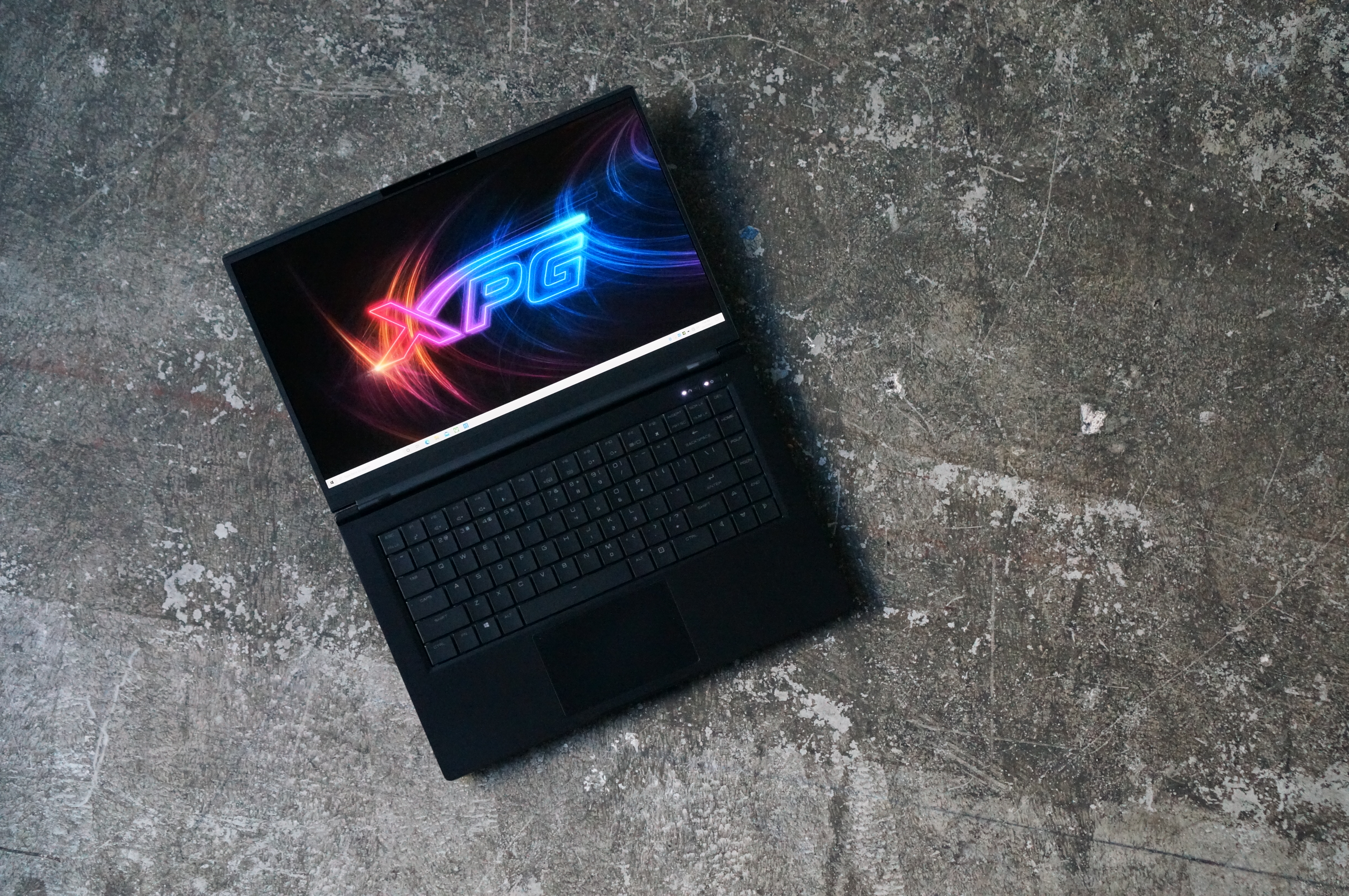
Pros
- Very light
- Very quiet
- (relatively) very fast
Cons
- Subpar RGB
- Just barely adequate audio
- SD card reader barely adequate
When it comes to gaming laptops, many, if not most, of them are pretty bulky and heavy, often tipping the scales at five or six pounds. Well, that’s not the case with the XPG Xenia 15 KC. It weighs a little over four pounds, which is fairly lightweight for a gaming laptop. Plus, it runs very quiet. According to our review, it “rarely makes noise under normal use.” That’s impressive, as most gaming laptops tend to sound like a rocket blasting off. If you’re looking for something that’s both quiet and portable, the Xenia 15 KC is an excellent choice.
Suffice to say, it’s up to task of all your productivity tasks as well. With the XPG Xenia 15 you can follow up a hard day’s work with a fun and rewarding gaming session.
Acer Swift 3 SF316-51 – Best big screen laptop
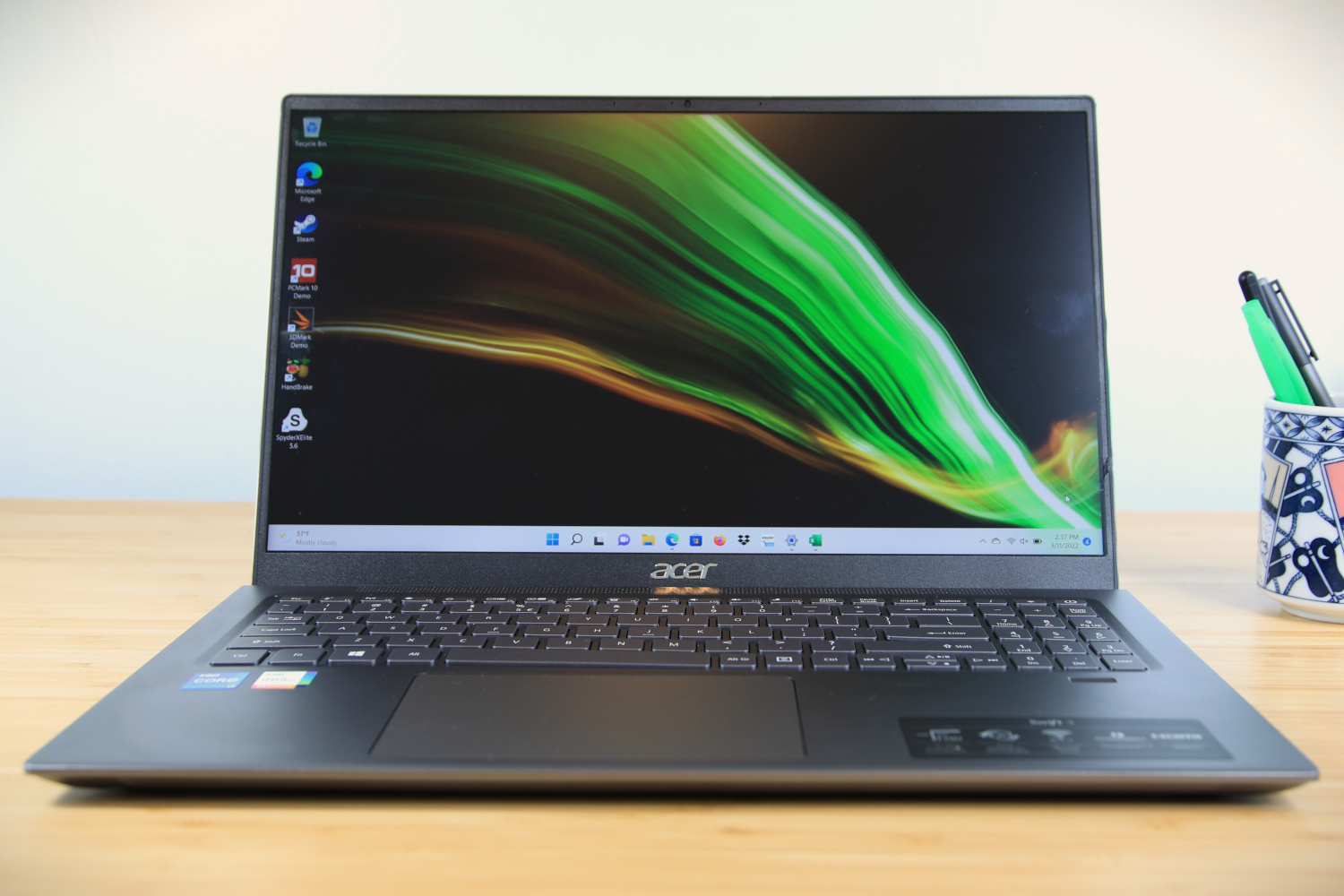
Pros
- Solid chassis and build quality
- Large, attractive 16-inch 1080p screen
- Enjoyable keyboard and touchpad
- USB-C with charging and DisplayPort
Cons
- Webcam, microphone, and speakers don’t impress
- Intel processor falls behind AMD alternatives
- Disappointing battery life
- Lots of bloatware
If you’re a college student working with a modest budget, and you like the idea of a big screen to spread out on, the Acer Swift 3 is a fantastic option. It features an attractive 16-inch 1080p display, a solid chassis, and an satisfying keyboard and touchpad. However, battery life isn’t great, so you’ll want to keep the charger on hand. This is rather unfortunate, as the Swift 3’s slim profile makes it an agreeable laptop for travel. If you don’t mind the lackluster battery life, this is a great laptop for watching movies and streaming video on, in addition to its more academic-oriented functions.
Acer Chromebook Vero 514 – Best eco-friendly option
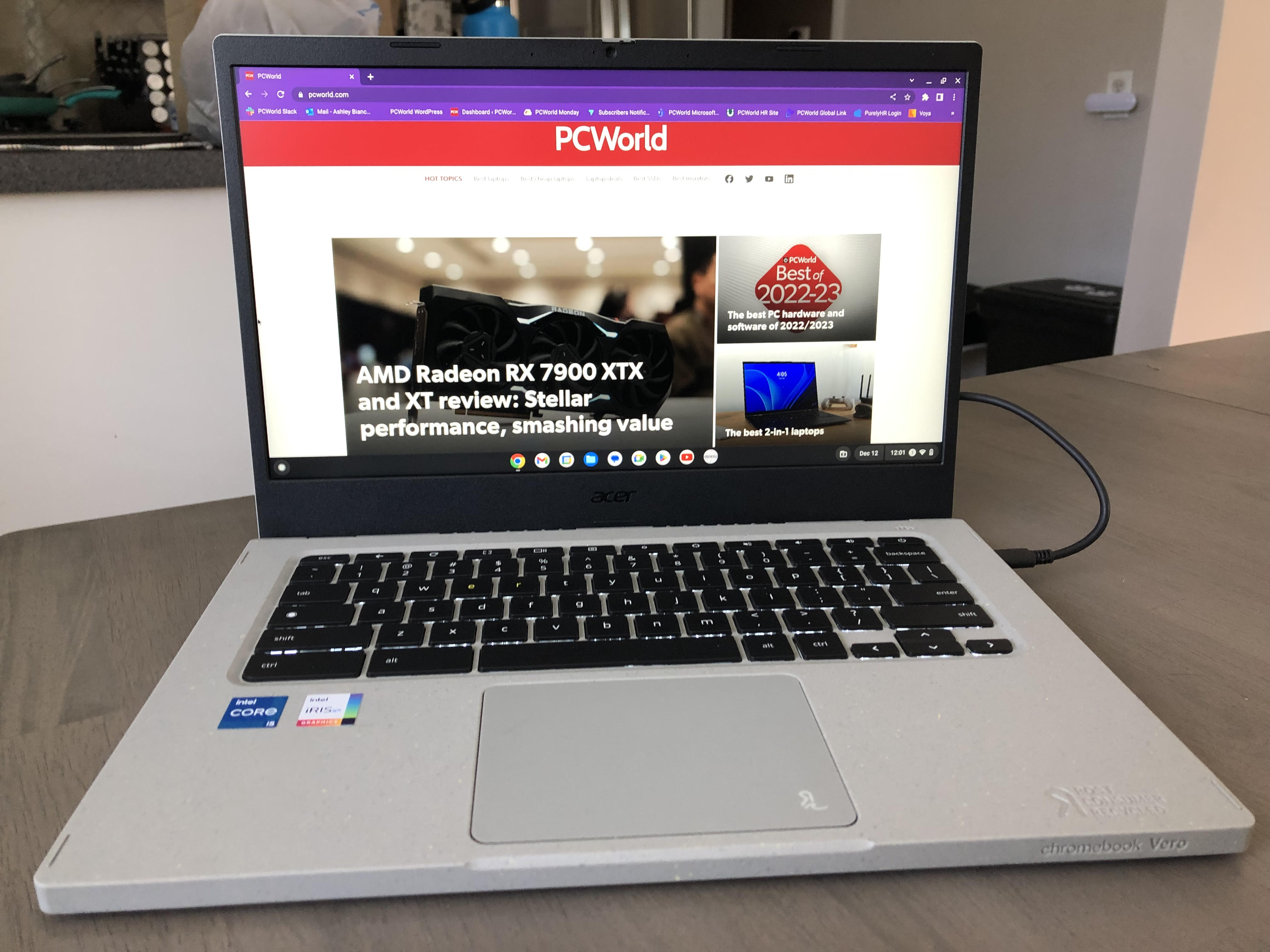
Pros
- Strong performance
- Stellar battery life
- Made of recycled materials
- 1080p webcam
Cons
- Poor audio quality
- Limited to ChromeOS
The Vero 514 is Acer’s latest from their eco-friendly line of Chromebooks. The eco-conscious buyer can rest easier knowing the Vero 514 is built from recycled materials, meaning you’re reducing your carbon footprint. It also sports some pretty good hardware for the price too. From strong Core i5 CPU performance to a surprisingly bright 1080p display, this Chromebook has more to offer than just being environmentally friendly.
All of these things and more make the Vero 514 a great everyday laptop. Its only real downside is that is has weak speakers, but that’s not surprising as laptops aren’t really known for their audio quality anyways. And while ChromeOS limits you to web-based apps and activities, that’s true of any Chromebook. These minor nitpicks don’t take away from a well-performing Chromebook that’s both affordable and sustainable.
Asus Zenbook Pro 14 Duo OLED – Best dual display
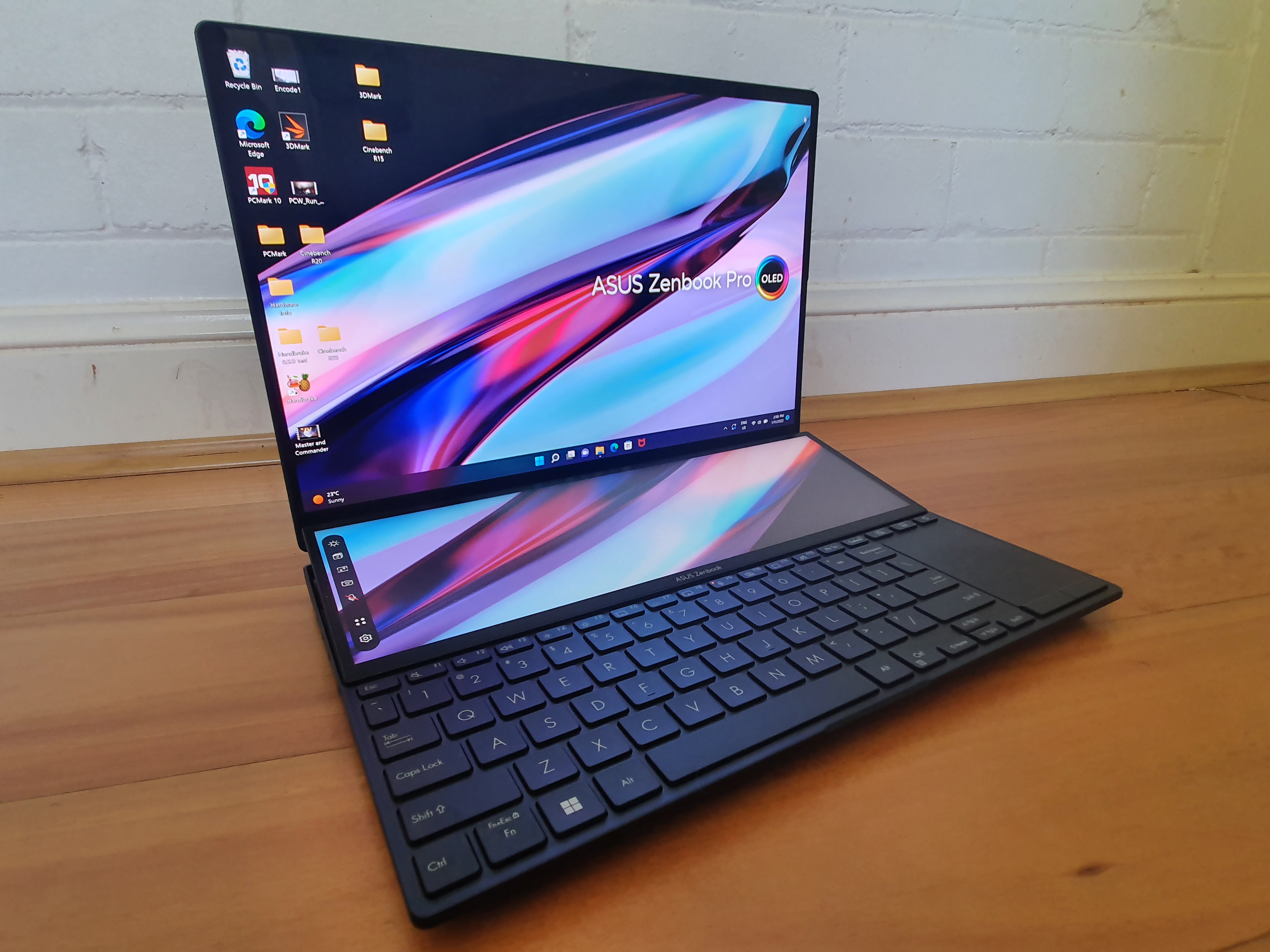
Pros
- Stunning primary display and easy to see secondary display
- Excellent I/O options and wireless connectivity
- CPU / GPU power meets the needs of content creators
Cons
- The battery life is lacking for a productivity laptop
- The trackpad is small and awkwardly placed
- Rear orientated ports can be hard to reach
Why have one display when you could have two? The Asus Zenbook Pro 14 takes the regular laptop display and doubles it. It comes with a 14.5-inch 4K touch OLED main panel and a unique secondary 12.7-inch 2880×864 screen located above the keyboard. Since the second display is recognized by Windows as a second monitor you can use it to help boost productivity, such as using it as another trackpad or to display touch controls for apps. With a Core i7 processor, RTX 3050 graphics, 16GB of DDR5 RAM, and a 1TB NVMe SSD, the Zenbook Pro 14 also comes with some solid hardware. All of these great features put a strain on the battery though, so you won’t want to be without a backup power source. However, the Zenbook Pro 14 Duo OLED is basically a mid-range workstation complete with two high quality displays and enough punch to support you through all of your educational pursuits.
How we tested
The PCWorld team puts each and every Windows laptop through a series of benchmarks that test GPU and CPU performance, battery life, and so on. The idea is to push the laptop to its limits and then compare it against others we’ve tested. Chromebooks, on the other hand, go through a series of web-based tests. It wouldn’t be fair or possible to run the same kinds of tests on a Chromebook, as they’re Chrome OS-based machines. Below, you’ll find a breakdown of each test and the reasons why we run them.
Windows laptops
- PCMark 10: PCMark 10 is how we determine how well the laptop handles lighter tasks like web browsing, word processing, spreadsheets, and so on.
- HandBrake: HandBrake is more intensive than PCMark 10. It basically measures how long a laptop’s CPU takes to encode a beefy 30GB file.
- Cinebench: Cinebench is a brief stress test of the CPU cores. It does this by rendering a 2D scene over a short period of time.
- 3DMark: 3DMark checks if 3D performance remains consistent over time by running graphic-intensive clips.
- Video rundown test: To gauge battery life, we loop a 4K video using Windows 10’s Movies & TV app until the laptop dies.
Chromebooks
- CrXPRT 2: The CrXPRT 2 benchmark tests a Chromebook’s battery life.
- Speedometer 2.0: This test determines a Chromebook’s web browser performance. It simulates this by adding, completing, and removing a to-do list.
- Basemark Web 3.0: This benchmark gauges how well a Chromebook can handle web-based applications.
- Kraken 1.1: Kraken 1.1 is a JavaScript performance benchmark.
- Jetstream 2: Jetstream 2 is a combination of WebAssembly and JavaScript benchmarks. This is a way to gauge how well a Chromebook runs advanced workloads.
What to look for in a laptop for college
The first thing to consider is budget. How much are you willing to spend on a laptop? If you’re working with an inflexible budget, Chromebooks are a good option. They’re affordable and designed to handle everyday tasks like writing papers, working on spreadsheets, and so on. Chromebook prices can range anywhere from $200 up to $1,000. If you want to spend a bit more, laptops with convertible touchscreens (otherwise known as 2-in-1s) offer a great deal of functionality. You can flip the screen around and use it like a tablet or prop it up like an easel for watching movies.
If you’ve got a jam-packed schedule, you’ll probably be running from class to class with very little downtime in between. That’s why we recommend a laptop with a long-lasting battery. We recommend something that’ll last 7 to 10-plus hours on a single charge, unless you want a notebook that can play games on the side—gaming laptops are notorious for their shorter endurance, even during everyday tasks. That 7 to 10 hours is a good figure if you plan on taking your laptop with you everywhere.
Things like navigating your e-mail or watching Netflix will require more RAM. We recommend springing for 8GB of RAM or more. 4GB of RAM is fine and good for web browsing and basic office work, but 8GB is better for having more tabs open and whatnot. Plus, applications like Google Chrome and Spotify tend to eat up a lot of RAM. Most people can get by with 4GB in a pinch if you’re on a tight budget, but you won’t be able to multitask as much.
The final thing is a decent keyboard. In college, you’re going to be spending a lot of time typing. Depending on your personal preference, you may want either a full or short travel keyboard. Mechanical keyboards, for example, normally have longer travel. This helps prevent accidental keystrokes. The keys also give a lot of tactile feedback, as they bounce back after they’re pressed down.
For more specifics regarding the hardware you want inside your laptop, be sure to check out our comprehensive guide on how to buy a budget laptop without getting screwed, as well as our broader cheatsheet on what to look for in a laptop CPU and GPU.
FAQ
Can you use your Chromebook for gaming?
Simply put, no—at least, not well. It comes down to what type of gaming you intend to do. Chromebooks can run web games and Android games perfectly well. But if you’re looking to play the latest high-powered titles such as Elden Ring, a Chromebook just won’t cut it. This is mainly due to the fact that most titles only run on Windows and Chromebooks typically don’t come with sufficient graphics power.
All that said, Google is trying to bring cloud gaming to its Chromebooks. Cloud gaming services work by using a remote PC or console to play games streamed through the cloud down onto the Chromebook. However, until this service becomes more common, Chromebooks are not good options for gaming.
Can you game with integrated graphics?
Yes, recently the the latest integrated graphics processors from the likes of Intel and AMD can handle modern PC games at reasonable settings. For example, Intel’s latest Iris Xe line of processors with integrated graphics have been shown to run some of the latest releases at 1080p and 30fps. Be careful, however, as not all integrated graphics are created equal.
Regarding gaming performance, Intel and AMD’s integrated graphics have made huge leaps in recent years. So if you’re on a budget or looking for an ultra-thin laptop and the only options include integrated graphics, fear not, you can still game on. For more information check out Intel’s Core 12th-gen Iris Xe versus AMD’s brand new Ryzen 6000 RDNA 2.
What laptop size is best?
This is mostly personal preference. Students who bring their laptops to class or intend to travel a lot should consider a smaller, more portable size. Anything in the neighborhood of 13 to 14 inches is recommended. However, if you want to use your laptop for gaming, then you should consider something in the 15- to 17-inch range. It’s also important to keep in mind the weight of the laptop before buying it. Ultra thin laptops can weigh a featherlight 2 pounds while hefty gaming rigs top the scales at three or four times that—not exactly something you want to carry in a backpack everyday.
